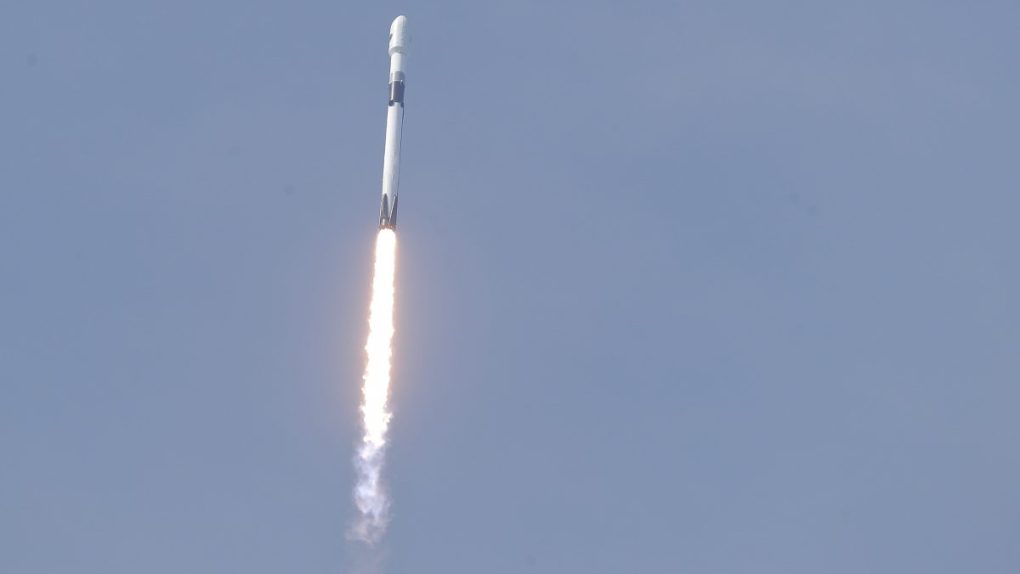- SpaceX successfully launched a South Korean military satellite into orbit on Monday.
- The mission was historic as it was the first time SpaceX has successfully recovered both halves of its nosecone after launch.
- By snagging the nosecone halves as they fall, the company could save millions of dollars and further shorten the turnaround time between launches.
SpaceX has built a business around its reusable rocket technology. The company saves money and performs more frequent launches thanks to its ability to use boosters multiple times. It’s gotten very, very good at recovering its boosters, but capturing other rocket components has proven more challenging.
In yesterday’s mission to send a South Korean military satellite skyward, the company pulled off something it’s never done before by snagging both halves of its rocket’s nosecone. The two halves — called fairings — are pricey pieces of equipment in their own right, and if SpaceX can make a habit of recovering them, it’ll make subsequent launches that much easier.
The mission itself, which delivered South Korea’s ANASIS-II satellite into orbit, had been previously delayed. It was one of several SpaceX missions that had to be pushed back for a variety of reasons, but the company managed to pull off the launch yesterday and, as an added bonus, made a bit of history for itself along the way.
Recovering rocket boosters is challenging, and SpaceX had many failures along its path to perfecting its technique. Today, the company’s boosters almost always land right where they’re supposed to, and SpaceX can rapidly refurbish them for subsequent trips to space. Catching the nosecone halves is quite a bit more challenging.
The nosecone of the Falcon 9 splits in half to deliver its payloads. Those halves then tumble back down to Earth, and SpaceX has ships with massive nets that do their best to catch them as they fall. However, even with parachutes equipped, the odd shape of the components adds some unpredictability to their descent. Catching them isn’t easy, and SpaceX is usually lucky if it manages to catch just one of the halves.
In a tweet shortly after the Monday launch, SpaceX boss Elon Musk revealed that both halves of the nosecone were recovered by the company’s vessels.
Both fairing halves caught from space by @SpaceX ships!
— Elon Musk (@elonmusk) July 20, 2020
In speaking about the recovery of the company’s nosecones, Musk has thrown out some lofty figures as to their value. Allowing the nosecones to splashdown in the ocean is bad news, as salty seawater can damage sensitive components. He’s claimed that by recovering the nosecones, the company could save millions of dollars.
Along with the nosecones, SpaceX also recovered its Falcon 9 booster, which is basically a given at this point. The company tweeted out a video of the rocket stage landing on a droneship. It’s the 57th time the company has successfully recovered its pricey rocket booster.
Falcon 9’s first stage has landed on the Just Read the Instructions droneship pic.twitter.com/fPbckYFySh
— SpaceX (@SpaceX) July 20, 2020








